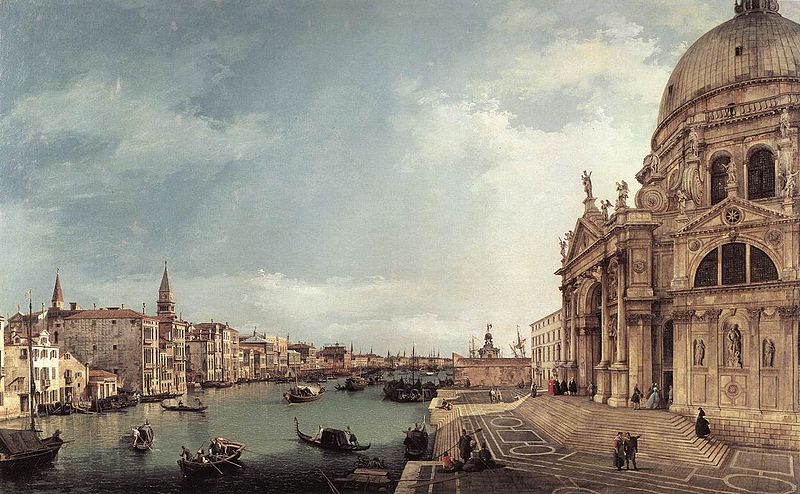Free Principate of Hörburg
The geographic region known as Free Principate of Hörburg is a plane between two important mountain chains about one hundred miles wide, extending in the north-south direction for nearly two hundred miles. The position protected by the mountains, the significant presence of mining material and the good quality of soil have allowed a colony of survivors to settle and thrive. The weather is temperate with warm springs, wet summers and cold winters, this allows a variety of creatures and plants to grow in the region, some of them are only typical of this region.
Geography
The Principate covers a flat region limited from east by the Fjell Sorg and from west by the Fjell solblod, the northern border is mostly constituted by the Syväden Forest and the southern border is constituted by the hills known as Sørlige Hæler. The city of Hörburg is situated on a dominant hill on the slopes declining from the Fjell solblod, from this tactical position can control over the valley. At short distance from the capital another important settlement is Lansyn reknown to host the Tower of the Clairvoyants and Seers, where magicians study to learn divination techniques. On the hills declining from the Fjell Sorg the mining community of Silvesten is the third biggest settlement in the region. The plain is fertilized by the Kultakiilto river that in the central part of its course originates Hopeajärvi lake.
Fauna & Flora
The plains that constitute the heart of the region have been massively impacted by human colonization therefore a significant part of the surface is cultivated and used for the livestock, between them a special mention is deserved by the Skudde Sheep. The region is reknowned for the cultivation of a purple winter cabbage (Brassica oleracea var. Lansynia) that is commerced over most of the continent. The part of the plains that aren't used for agriculture can host a great variety of herbs, mushrooms and shrubs; during the spring most of this areas get covered by the yellow colour of the Horburg Thistle (Scolymus Horburgensis). The forests are protected by a important community of druids from the Dian Cecht clergy, that allow people to hunt and collect materials without altering the natural balance; their presence allows a massive variety of animals and plants to keep their habitats. On the Fjell Solblood between the large forests of Horburg Robur thrives an unique type of Elk (Cervus Horburgensis) which maybe is at origin of a myth about the presence of unicorns in the region, although they are reported in the Syväden Forest. On the Sørlige Hæler the local population is devoted to the maintenance and improvement of the natural vineyard, that the use for the production of wine of great quality.
Natural Resources
The first settlers of the principate after the great war of the mages were scared, scattered and preyed upon by a number of hostile creatures; but, having a basic knowledge of metallurgy, they knew what to look for in order to survive.
The region of the principate right from the beginning offered good wood for the production of coal and superficial rocks rich in tin, copper and iron beside plenty of natural food to gather and game to hunt.
Nowadays, the industry in the principate has greatly evolved: deeper mines of gold, silver, blackrock and adamantium set the standard for the human metallurgy and smiths from the region are surpassed only by Dwarves.
The livestock produces meat and wool, this last one gets exported in its natural form and in refined products. Beside the products of agriculture and farming, local population can complement diet with a variety of fishes obtained from the river and its tributaries and from the lake, those are rarely exported due to the difficulties in storing them efficiently.
The red-brown wood obtained by Horburg Robur, although locally inexpensive, it's a top-level export and only the richest families in Saythian and in the Dragon Kingdom can afford furniture decorated with this type of wood. This export is subject to fees and licenses, authorizated by the prince and the cult of Dian Cecht.
Other relevant exports are the purple winter cabbage and the wines produced on the Sørlige Hæler.




I really enjoyed your hand-drawn map. Great job!
That's work of my co-author and wife Simona (Krostatina here on worldanvil). She sends her fondest thanks!